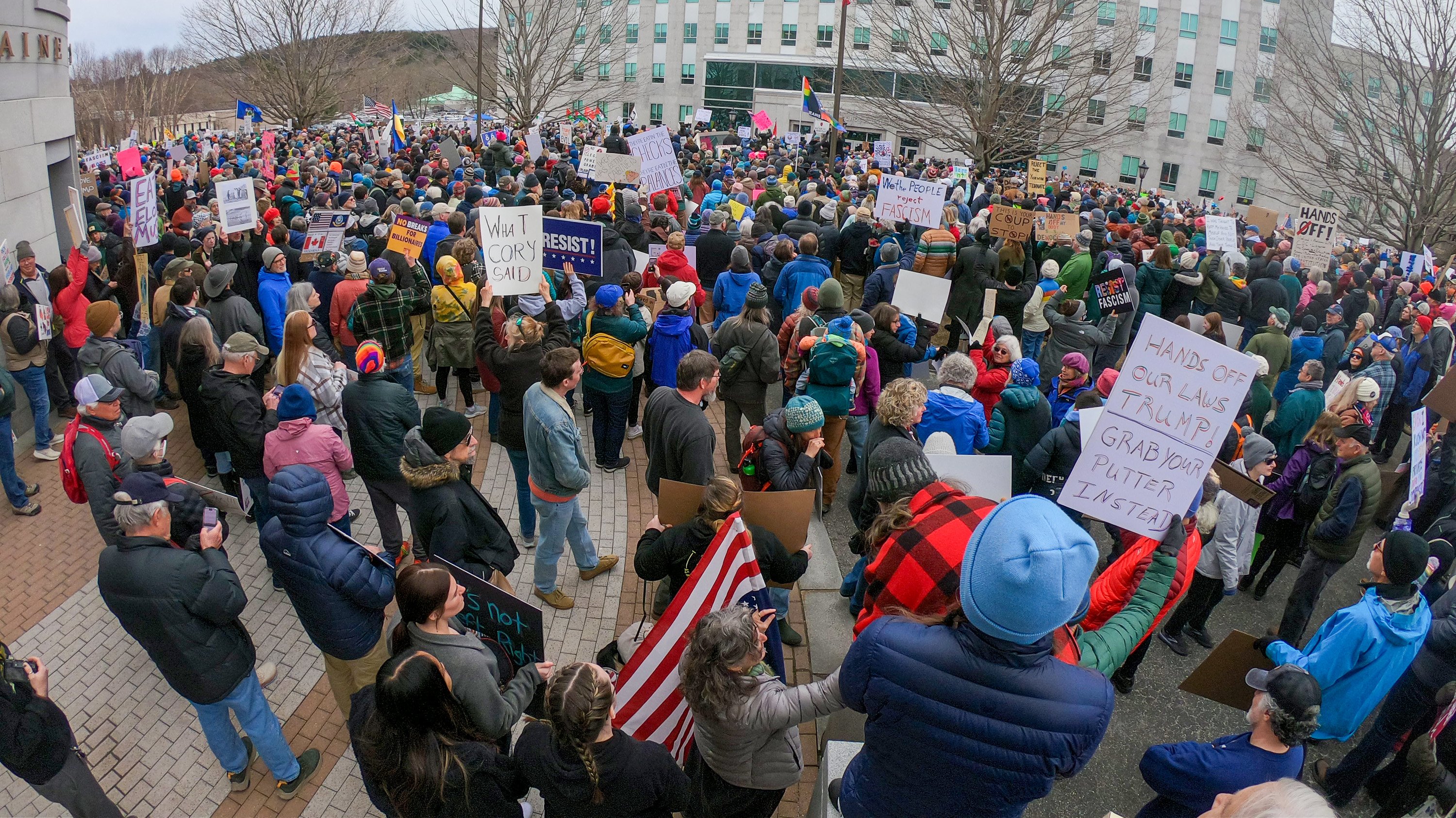Protecting Paradise: Maine's Environmental Battle Heats Up

On a powerful day of civic engagement, the passionate protesters in Augusta illuminated critical issues that demand our collective attention. Their demonstration on April 5th was a compelling call to action, highlighting urgent concerns about environmental sustainability and public health risks that threaten our community's well-being. The diverse voices united in peaceful protest underscored the growing need for meaningful dialogue and transformative change in addressing these pressing challenges.
